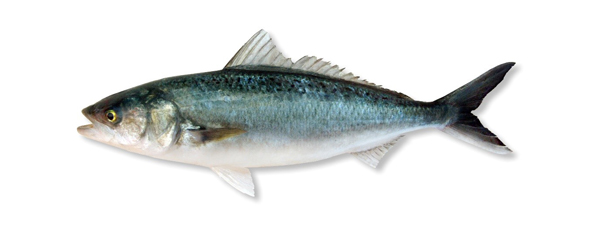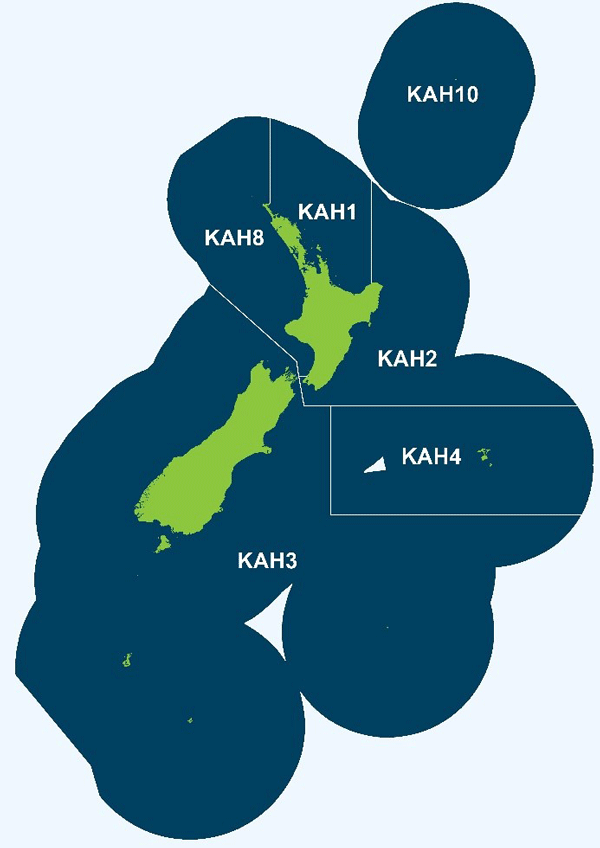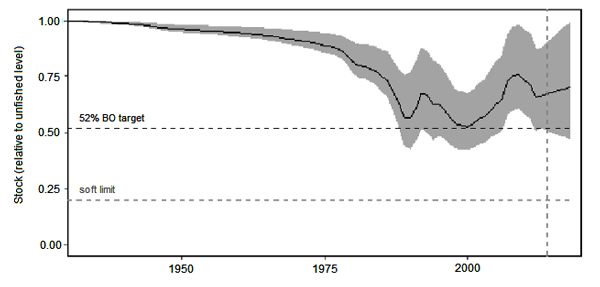
About kahawai
Māori name: kahawai
Scientific names: Arripis trutta, Arripis xylabion
The kahawai species most people are familiar with (Arripis trutta) is found all around New Zealand. They're mainly found:
- in coastal seas
- in harbours and estuaries
- when they enter saltier water in rivers.
The Kermadec kahawai (Arripis xylabion) is found seasonally around Northland.
Kahawai:
- live together in large schools (groups)
- take bait easily
- mostly eat food from the water but also from the seabed
- mostly eat other fish but also eat krill.
Kahawai reproduction isn't well understood but is thought to be offshore on the seabed. Kahawai can live up to 26 years and grow up to 65cm long.
Fishing rules for kahawai
Fishing rules for kahawai (and other fish species) are different around the country and can change. Check the rules for your area every time before you go fishing.
Find fishing rules for your area
The kahawai fishery
To manage kahawai, we organise the ocean where they're found into 6 fishery management areas. Each area has a different limit on how many kahawai can be caught. The limits change depending on:
- how healthy the fish numbers are
- what effects fishing is having on them.

2016 catch allowances (tonnes)
Kahawai are managed under New Zealand's Quota Management System (QMS). By controlling the amount of fish taken from each area, the QMS helps keep fisheries sustainable.
The QMS sets a yearly catch limit (total allowable catch) for kahawai in each area. From the total allowance (in tonnes), an allowance is made for recreational and customary fishing, and other fishing-related deaths. The number of tonnes remaining is what commercial fishers can catch.
What the allowances were for each group in 2016
|
Area |
Total allowance |
Commercial allowance |
Customary allowance |
Recreational allowance |
Other mortality¹ |
|---|---|---|---|---|---|
|
KAH 1 |
2220 |
1075 |
200 |
900 |
45 |
|
KAH 2 |
1530 |
705 |
185 |
610 |
30 |
|
KAH 3 |
935 |
410 |
115 |
390 |
20 |
|
KAH 4 |
14 |
9 |
1 |
4 |
0 |
|
KAH 8 |
1040 |
520 |
115 |
385 |
20 |
|
KAH 10 |
14 |
9 |
1 |
4 |
0 |
¹Fishing-related mortality from all sectors such as discarding and poaching.
Stock status of KAH 1

The graph shows stock for KAH 1 – the largest kahawai fishery management area (by number of fish caught). Kahawai numbers there gradually declined until the late 1970s. This was followed by a bigger drop in the 1980s because of changing commercial fishing methods. Numbers have varied since then but have mostly been rising since 2000. The numbers are healthy and the fishing is sustainable. We're managing the fishery to keep kahawai numbers at around 52% of the original level before modern commercial fishing started. Current numbers are well above this target level.
Find out more
For more information and data on kahawai in New Zealand, download the latest:
Report poaching
You can report poaching, suspicious, or illegal activity online:
Report illegal fishing (such as poaching)
You can also:
- call 0800 4 POACHER (0800 47 62 24), or
- email poacher@mpi.govt.nz
You can help us by providing:
- the location
- vehicle/trailer registration number
- boat name
- description of the person
When reporting any suspected poaching put your personal safety first. All calls and personal details are treated as confidential.
Who to contact
If you have questions about kahawai, email info@mpi.govt.nz








